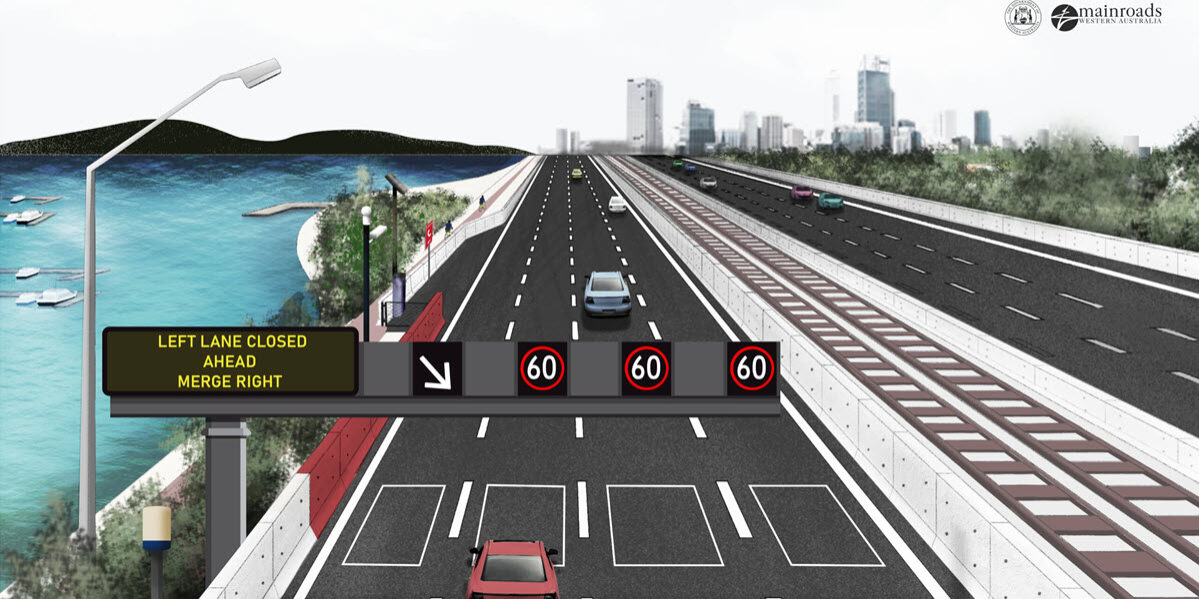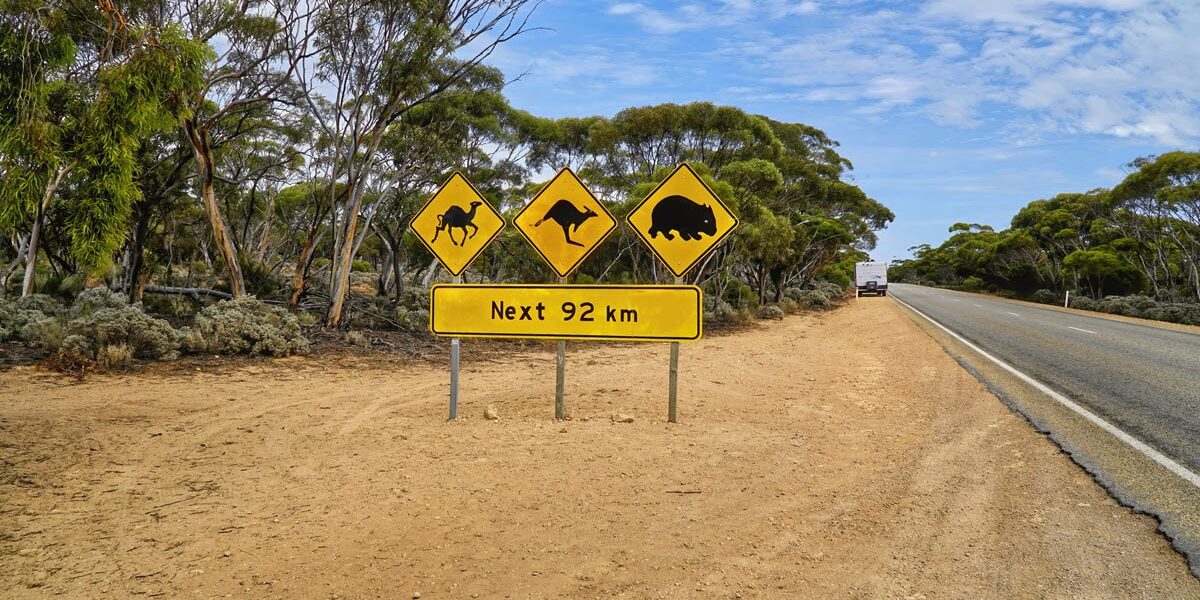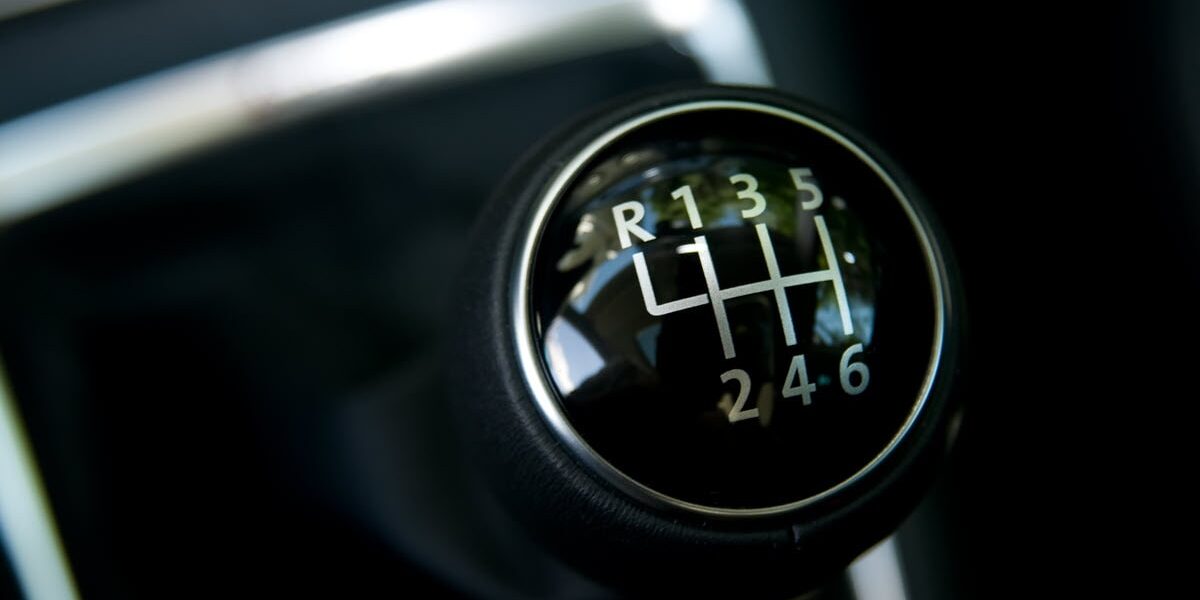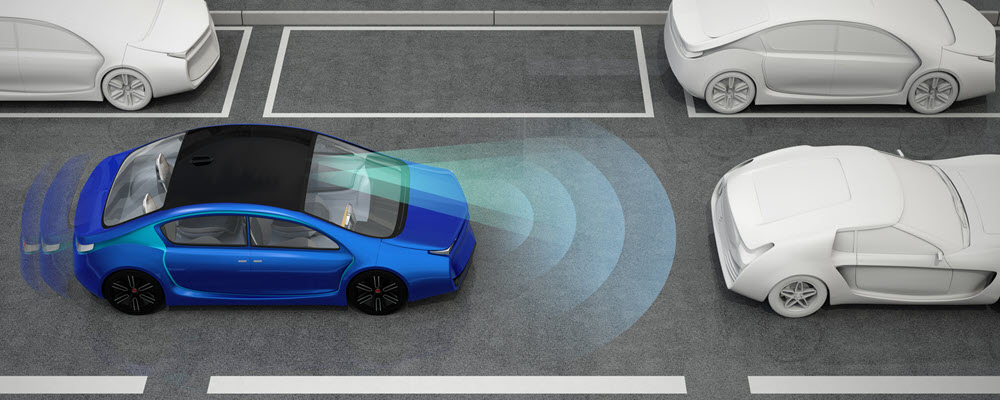
Aside from driving, being able to stop quickly is one of the most important tasks you need your car to do. Without properly functioning brakes, you may not be able to stop in time to avoid accidents.
Not only is this incredibly dangerous, but it can also cost you a lot of money in repairs to fix any damage. Of course, effective brakes are not the only component involved in stopping when needed; you also need to be aware of your vehicle’s stopping distance under various conditions.
Read on to learn all about stopping distances from Eclipse Driving School.
Stopping Distance Basics
Stopping distance essentially boils down to one simple tenet: the faster you are going, the longer it will take you to bring your vehicle to a stop.
In addition, higher speeds tend to result in much more severe accidents if you are unable to stop in time. Because of this, it is crucial that you be able to drive and stop safely, no matter what speed you are going. Learning to brake effectively is best learnt during a defensive driving course from a qualified driving instructor.
For the purposes of this discussion, we’ll assume you are driving a typical sedan. We’ll get into other vehicle types in the next section. No matter how quickly you are driving, it will take 1.5 seconds or more for your brain to react to any changes in the road in front of you. At 40 km/h, you will already have travelled at least 17 metres before you even hit your brakes. Then, you’ll travel an additional 9 to 13 metres to stop your car. This totals 26 to 30 metres, which is quite a long way when you think about it.
Now, let’s say you were travelling even faster.
Both your reaction distance and the distance it takes your car to stop will increase at higher speeds. For every 10 km/h above 40 km/h, you’ll add about 10 metres to your stopping distance, making it even more likely that you will not be able to stop in time in the event of an emergency.
According to the Queensland Department of Transport, stopping distances for dry and wet roads are as follows:
Car Stopping Distances on Dry Roads
Speed & Stopping Distance
- 40km/h: 26 metres
- 50km/h: 35 metres
- 60km/h: 45 metres
- 70km/h: 56 metres
- 80km/h: 69 metres
- 90km/h: 83 metres
- 100km/h: 98 metres
- 110km/h: 113 metres
Car Stopping Distances on Wet Roads
Speed & Stopping Distance
- 40km/h: 30 metres
- 50km/h: 41 metres
- 60km/h: 54 metres
- 70km/h: 69 metres
- 80km/h: 85 metres
- 90km/h: 103 metres
- 100km/h: 122 metres
- 110km/h: 143 metres
To assist with learning to drive on wet roads, we recommend taking a Winter safe drivers course. Car Stopping Distances on Wet Roads
How Your Specific Vehicle Impacts Stopping Distance
What if you don’t drive a basic sedan and instead you’re a corporate driver and drive a large van or truck?
Let’s take a look at how the details of your vehicle affect stopping distance:
- Vehicle weight – As you might expect, heavier vehicles, like utes and vans, will take longer to stop than lighter vehicles will, like sports cars and other compact vehicles.
- Vehicle load – The more passengers and cargo you have in your vehicle, the more it will weigh, adding to your stopping distance. If you are towing anything behind your vehicle, that will increase your stopping distance even further while also making your vehicle more difficult to control.
- Vehicle age – Today’s technology is more advanced than that of the past, so newer vehicles tend to stop more quickly than older ones do. While the differences from one year to the next may not be significant, you will see a big difference when you look at cars from different decades.
- Condition of brakes – As you use your brakes, they wear down over time, making them less effective. This is why it is so important to see your automotive technician frequently to change your brake pads and rotors as needed. Not only will this keep your vehicle as safe as possible, but it will also give you the chance to identify any other potential issues before they become major problems.
- Condition of tyres – The state of your tyres will play a role as well. When your tyres are under-inflated, you’ll need to press your brakes even harder to apply the necessary amount of pressure. This can increase your stopping distance, so take the time to check your tyres periodically, topping them up with air as needed.
How Your Personal Condition Affects Vehicle Stopping Distance
You play a role in your stopping distance as well.
While the average reaction time is 1.5 seconds, you may take longer to realise that you need to slow down or stop. The longer it takes you to react, the farther you will travel before you even begin to start braking.
For example, if you are distracted, like if you are fiddling with the radio or passing something to your kids in the backseat, you won’t fully be paying attention to the road. The same is true if you are looking at your phone, despite the laws against mobile phone use while driving.
Whenever you are driving, it is important to remain as focused as possible on the task at hand to minimise your risk of getting into an accident.
Fatigue can also impact your stopping distance.
Even if you feel awake enough to drive, fatigue can drastically increase your reaction time. This is one of the leading causes of accidents, so take care to be as rested as possible before driving, especially on long trips.
It should go without saying that you should never drive under the influence of drugs or alcohol. These substances can affect your brain, slowing your reaction times. It is simply not worth the risk you’ll pose to both yourself and others on the road. Choose a designated driver or call for a taxi or ride-share instead.
Finally, inexperienced drivers tend to take longer to stop than more experienced ones. This is likely because they have not yet learned how to drive defensively and anticipate changing conditions.
How External Factors Contribute to Stopping Distance
The condition of the road is the final piece in the stopping distance puzzle.
On a well-maintained, dry road, you’ll get the shortest stopping distance. In rainy conditions, your tyres will get less friction with the road, so your stopping distance will increase exponentially at higher speeds.
Be sure to factor in whether you are going uphill or downhill as well. You’ll be able to stop much more quickly on an incline than you will when heading down a steep hill.
If this all seems like a lot to take in, that is perfectly understandable. At Eclipse Driving School, we offer a variety of training courses to help you become a better driver, whether you typically drive in the city or on country roads. Get in touch with us today to register for an upcoming class or book a driving lesson online.
Frequently Asked Questions
A stopping distance is the distance it takes your vehicle to reach a complete stop at different speeds when braking. It essentially boils down to one simple tenet: the faster you are going, the longer it will take you to bring your vehicle to a stop.




